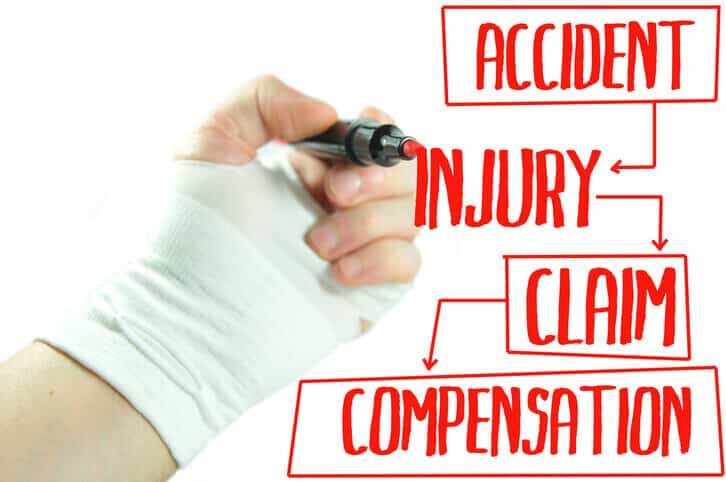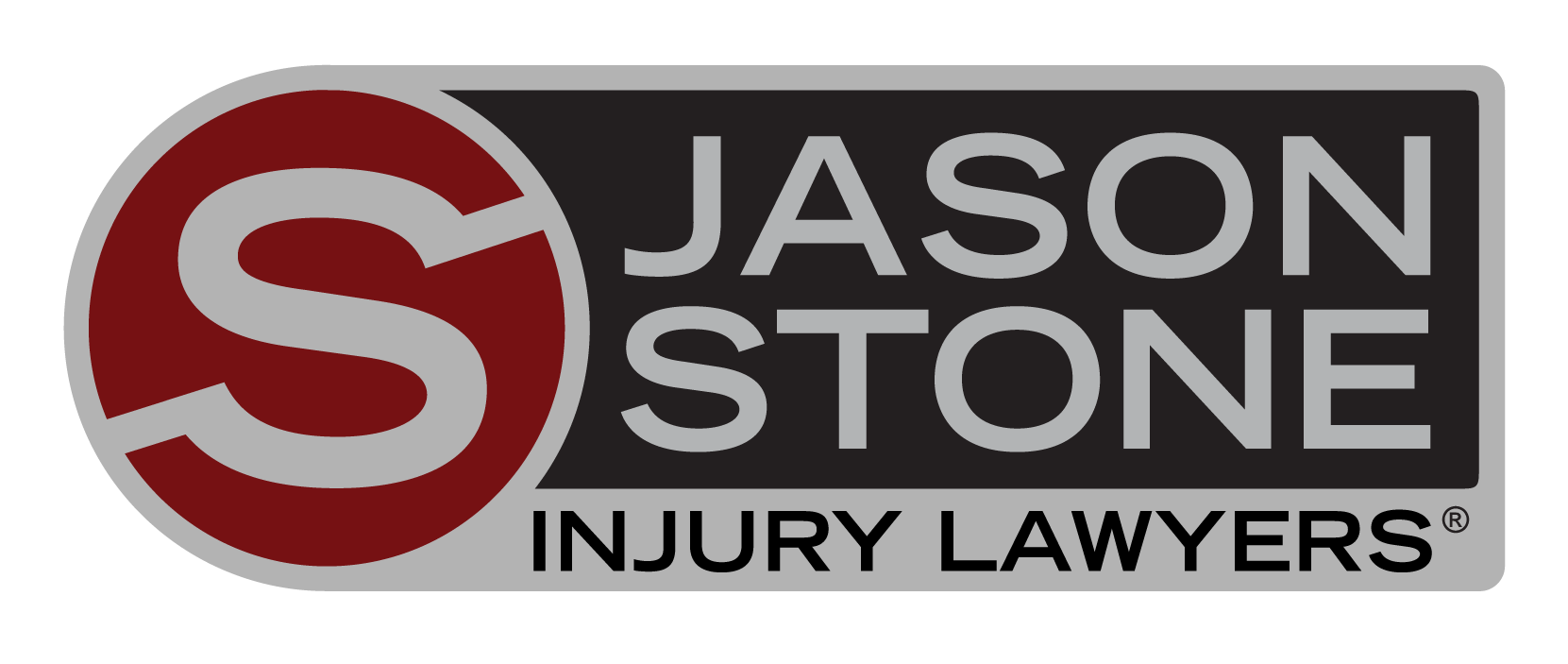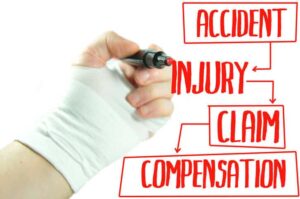 After suffering unnecessary harm because of someone else’s disregard, you may sue the person or entity responsible to recover compensation. Jason Stone Injury Lawyers wants to help clients understand how much they stand to receive from a personal injury lawsuit settlement. Learn which factors influence your claim, what damages you stand to receive and how your actions affect your personal injury case.
After suffering unnecessary harm because of someone else’s disregard, you may sue the person or entity responsible to recover compensation. Jason Stone Injury Lawyers wants to help clients understand how much they stand to receive from a personal injury lawsuit settlement. Learn which factors influence your claim, what damages you stand to receive and how your actions affect your personal injury case.
Factors That Affect Personal Injury Claims
One of the biggest factors that influence a personal injury lawsuit settlement is the trauma you suffered. The more severe the injury, the higher the settlement the victim stands to receive from the responsible individual or entity. Another influencing factor is the damages the harmed party qualifies for. Before escalating a personal injury claim to a lawsuit, the plaintiff, defendant and their insurance providers may try to reach a settlement agreement. During negotiations, the defendant’s insurance policy becomes a deciding factor in how much the harmed individual receives. After all, insurance providers do not offer settlements over the policyholder’s limits. If parties cannot agree, they may take the claim to court, where a jury or judge decides how much to award the plaintiff.
Common Damages in Personal Injury Claims
Personal injury damages range from compensatory to punitive. Whether a personal injury victim contributed to her or his harm also influences the final settlement amount. Getting a crash course on personal injury damages may help harmed individuals estimate how much they could receive from negligent individuals and entities.
Permanent Disability
Plaintiffs often rely on medical testimony to prove they deserve permanent disability damages, and they may undergo a physical examination from a doctor to prove their disability. In some courts, permanent disability damages include objective disabilities and subjective disabilities, too.
Pain and Suffering
When plaintiffs endure severe discomfort and pain during a personal injury and immediately after, they could qualify for pain and suffering damages. These damages also account for ongoing pain triggered by the accident. For instance, not only may you experience agony and discomfort because of trauma inflicted in the accident, but undergoing treatment to heal your injuries could put you in even more pain, which may qualify you for pain and suffering damages.
Mental Agony
Traumatic events could leave victims with psychological scars rather than physical scars. Boston car accidents, slips and falls, medical malpractice and other personal injuries may make a person anxious, depressed or stressed. Plaintiffs could need to work with a mental health professional, such as a psychologist, to know whether they endured psychological harm because of someone else’s disregard.
Medical Expenses
Emergency room treatment, doctor’s appointments, ambulance rides and nursing services are medical expenses that arise after personal injuries. For an accurate accounting of medical expenses, plaintiffs should keep track of all treatment they receive related to the injury, which includes treatment already received.
Victims may also recover damages for future medical care. It could take months or years for a person to heal fully after a personal injury. Rather than wait until after the patient receives all necessary care, a judge or jury instead relies on the plaintiff’s treating doctor to calculate how much to award in future medical expenses.
Lost Wages
Severe injuries could force a person to take time off work, which may jeopardize her or his income. Lost wages damages account for the income the injured party lost because of the defendant’s negligence. Unemployed plaintiffs may qualify for such damages if they prove what they stood to earn from the time of the injury to the judgment or settlement date.
Loss of Earning Capacity
Some physical trauma leaves individuals unable to carry out their standard job responsibilities or earn a living. Factors that determine loss of earning capacity damages include the victim’s health, age, occupation, life expectancy, skill, talents and training. While juries and judges use past earnings as a barometer for lost earnings, the damages amount depends on what the person may have earned had the injury never happened.
Loss of Enjoyment of Life
Personal injuries may compromise a person’s capacity to enjoy life. Because courts cannot place a financial value on the loss of enjoyment of life, some states classify it as a type of pain and suffering while others treat it as a specific injury or accident claim damage.
Loss of Consortium
Careless acts may rob spouses of the ability to show each other affection and enjoy other benefits of marriage, such as comfort, solace, sexual relations and society. Courts consider the couple’s marriage, individual life expectancies and the companionship and care the uninjured spouse enjoyed before the injury. For loss of consortium damages, the uninjured spouse files a claim for the damages, not the plaintiff. If the plaintiff does not recover damages, the uninjured spouse does not qualify for loss of consortium damages.
Household Services
To keep up with household chores and other domestic matters, personal injury victims may need to hire professional help. Harmed individuals must show they would not have spent money on help around the house had it not been for the at-fault party’s disregard for safety.
Disfigurement
Some accidents leave victims disfigured and deformed with lasting effects like scars. If the plaintiff endures mental or emotional anguish because of the deformity or disfigurement, she or he could receive damages. Depending on the court, disfigurement damages may become part of other damage categories, such as mental distress.
Punitive Damages
When a court deems a defendant’s actions outrageous or exceedingly careless, a jury or judge may award harmed parties punitive damages. Rather than making the victim financially whole like other damages do, punitive damages instead serve as a penalty and cautionary tale for others who may engage in similar deplorable action as the at-fault party. Most states limit how much individuals receive in punitive damages.
Comparative & Contributory Negligence in Personal Injury Claims
Aside from the responsible individual’s or entity’s actions, personal injury plaintiffs must consider whether they contributed to their harm while determining their settlement amount. Comparative negligence and contributory negligence laws account for the degree of disregard the plaintiff bears for her or his personal injury.
Contributory Negligence
Contributory negligence laws consider a person’s responsibility to act reasonably. When someone neglects to uphold this personal duty and becomes injured because of her or his actions, the individual may bear whole or partial accountability for the resulting harm.
For example, say Steven slipped and fell on unmarked mopped steps in a grocery store and hurt himself. While the store owner neglected to warn customers of the mopped floor, Steven neglected to pay attention to where he walked while on a video call. If Steven brings a negligence claim against the grocery store, the property owner may bring a contributory negligence counterclaim against him after reviewing video footage of the incident. If the store owner prevails in the counterclaim, Steven may only qualify for reduced damages or no damages.
Comparative Negligence
In states that follow pure comparative negligence laws, plaintiffs receive reduced damages based on their percentage of fault. For instance, a plaintiff who bears 20% of the fault for an injury worth $100,000 only receives $80,000. In modified comparative negligence states, plaintiffs lose their claim to damages if they bear over 50% of the blame.
Contact Us Today
If you suffered because of an individual’s or entity’s negligence, call Jason Stone Injury Lawyers at 800-577-5188. With our Stone Cold Guarantee, There’s No Obligation, Just Information (R).
Not Trusting What You’re Being Told?
Better Phone Stone
800-577-5188
 START MY NO OBLIGATION CONSULTATION
START MY NO OBLIGATION CONSULTATION











